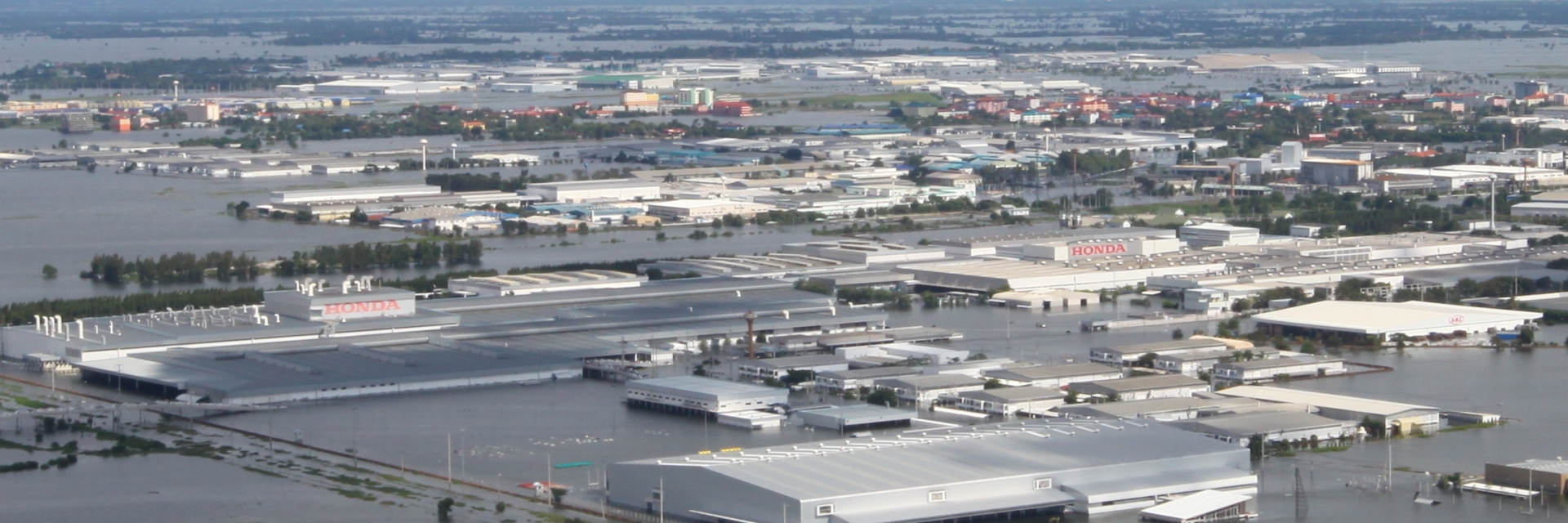Based on the average values from 1991 to 2020 in South Korea, the annual nationwide precipitation is 1306.3mm. Among this, summer rainfall contributes significantly, accounting for 54% of the annual total with 710.9mm. Particularly, during the months of July and August, localized heavy rainfall occurs frequently due to the development of low-pressure systems and atmospheric instability. In the previous year's July, more than 300mm of rain fell in a single day during the course of a month, primarily affecting the central regions and causing severe flooding. Analyzing the monthly flood damage over a decade from 2012 to 2021, it is observed that July and August together constitute 66% of the total flood damage during the entire period.
[Source: Disaster Records, Ministry of Public Administration and Safety]
Flood damage caused by concentrated heavy rainfall primarily results in power outages, affecting underground facilities such as underground parking lots and subways. Vehicles parked on roads are also major targets for flood damage. In industrial sites, construction areas can be inundated, leading to consequences like workers being trapped, and there is a possibility of secondary damage like soil erosion and collapses. Particularly risky areas include dam overflow sections, main streams of national and local rivers, tributaries, and construction sites near urban lowlands, all of which require vigilant attention. To minimize such flood damage and ensure industrial facility safety, proactive preparation and effective disaster recovery plans must be established in advance.
One of the methods to prevent and preemptively address natural disasters such as floods is to prepare flood control materials and equipment. Installing water level measurement devices, detection systems, and drainage facilities lays the foundation for preventing flood damage and taking appropriate measures in advance. Flood control materials such as submersible pumps, sandbags, tents, ropes, and wires, which are necessary for on-site operations, are also essential for protecting workspaces and various equipment even after flood damage occurs. Small and medium-sized businesses that lack proper safety equipment can participate in the smart safety equipment distribution program initiated by the Ministry of Employment and Labor and the Korea Occupational Safety and Health Agency starting this year.
In addition to acquiring flood control materials, establishing disaster recovery solutions is crucial. Disaster recovery solutions refer to measures taken after flood damage occurs, including establishing emergency communication networks, implementing post-disaster actions and recovery operations, and backing up important documents and data. Preparing a recovery plan in advance minimizes confusion during disasters and reduces downtime through swift recovery operations. If setting up disaster recovery solutions internally proves challenging, external experts can be consulted. Bellfor Korea specializes in comprehensive post-disaster recovery solutions, offering a rapid recovery process following incidents such as concentrated heavy rainfall, heavy rain, and typhoons.
As natural disasters like floods can cause significant damage and easily lead to secondary incidents, securing safety equipment and having a recovery plan in place are essential. Business owners must ensure both the safety and productivity of their employees by preparing in advance and having swift recovery plans in place to establish a secure industrial environment.
References
- 한국 기후특성
- 사흘여간 570mm…한달 내릴 장맛비가 한꺼번에 쏟아졌다(종합2보)
- 스마트안전보건
- 행정안전부
- 「풍수해(태풍·호우·해일·대설) 재난」위기대응 실무매뉴얼


